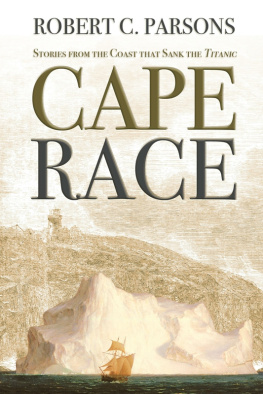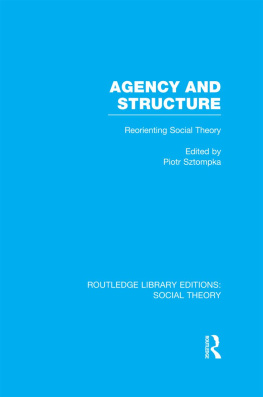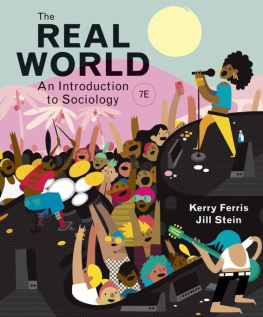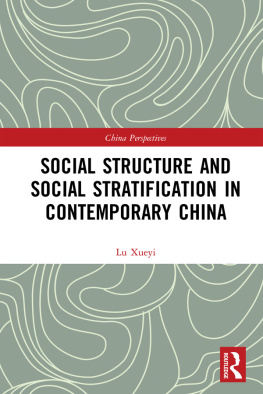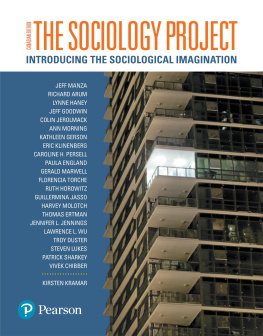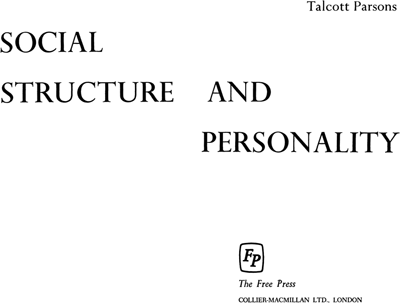
Copyright 1970, 1964 by The Free Press
A Division of The Macmillan Company
Printed in the United States of America
All rights reserved. No part of this book may be reproduced or transmitted in any form or by any means, electronic or mechanical, including photocopying, recording, or by any information storage and retrieval system, without permission in writing from the Publisher.
The Free Press
A Division of The Macmillan Company
866 Third Avenue, New York, New York 10022
www.SimonandSchuster.com
Collier-Macmillan Canada Ltd.,
Library of Congress Catalog Card Number: 64-11218
printing number
5 6 7 8 9
eISBN-13: 978-1-439-13830-4
ISBN-13: 978-0-029-24850-8
For ANNE A Sensitive and Resourceful Student of the Problems of this Book
Contents
Introduction
THE ESSAYS brought together in this collection go back a little over ten years. At the suggestion of several colleagues, I have included The Superego and the Theory of Social Systems, which is the oldest of the essays. This article seems to form a generally appropriate point of departure for the lines of thought which run through the whole collection; namely, the problem of theoretical formulation of the relations between the social system and the personality of the individual. These relations are seen not only in cross-sectional terms but also in terms of their bearing on the developmental pattern of the personality through the various phases of the life cycle, and in terms of their relation both to stable adjustments and to the pathologies of illness.
This opening essay sounds the keynote of the authors concern, from his perspective as a sociologist, with the relevance of the psychoanalytic theory of personality for the integration of sociology with psychology, and with particular reference to the problem of the relation between motivation to performance in social roles and the control of that performance through normative mechanisms. Basically this problem, in different ramifications and stages of its development, dominates all five essays in Part One of this collection, entitled Theoretical Perspectives. These five papers are presented in the chronological order of their writing, and trace in sequence the development of a series of theoretical problems and approaches to their possible solution.
The first two essays in the present collection were written immediately following the two important publications, Toward a General Theory of Action (with Shils, Tolman, and others) and The Social System, both of which were published in the fall of 1951; the first essay, as noted, was included in Working Papers in the Theory of Action (in collaboration with Bales and Shils) in 1953. This was a period of general theoretical effervescence. My work on The Social System, profiting directly from collaboration with Shils, Tolman, and others, and by extensive discussions with Bales, had opened up what seemed to me to be new perspectives on the relations between the social system and the personality of the individual. The essay was thus an attempt to define further, in their relation to the more technical terms of Freuds own theory, a set of insights which had been arrived at in the course of some very general theoretical work. Above all, it presented the first main statement of what is to me the very important view that the internalization of culture could not, in Freudian terms, be confined to the superego, but must also be extended to all the structural subsystems of the personality as these were delineated in Freuds later theory. The culmination of this line of thought will be found in Chapters 4 and 5 of the present collection, which were written some five to eight years later.
The second essay on The Father Symbol was an attempt to follow up the ramifications of this general line of thought in another way, by taking a theme which was obviously central to psychoanalytic
In terms of content and interest Chapter 3 on the Incest Taboo was closely associated with my next major publication, the book written in collaboration with Bales and others, Family, Socialization and Interaction Process published in 1955. The perspective of this book was dominated by the conviction that, with very marginal and on the whole minimal exceptions, the nuclear family should be considered as a universal feature of human societies. This view was suggested and confirmed in structural terms by evidence from two main sources, namely the comparative survey carried out by Zelditch (Chapter VI) and the insight that the basic structure of the nuclear family, including above all a coalition between an instrumental and an expressive leader, belonged to a generic type of structure of small groups. This was shown by the development of role differentiation in small groups set up within the laboratory; here the study of Bales and Slater (Chapter V) and previous studies by Bales and his associates (notably Chapter IV of Working Papers) provided the main insight.
It then seemed possible to fit Freuds stages of psychosexual development (through the oedipal stage) into an account of the stages of incorporation of the child into this structure of the nuclear family, starting with oral dependency in relation to the mother, moving on to the phallic or love dependency phase of early instrumental learning, and into the oedipal crisis in its relation to the internalization of sex-role and the superego. Finally, there was an attempt to give a considerably more circumstantial account of the interaction processes which went on within this structural framework, taking many cues not only from psychoanalytic theory but also from what had come to be known of the phases of process in small groups, and through relation to the work of James Olds (Chapter 4) some of the more strictly psychological mechanisms involved.
The third essay in this collection is an important by-product of this concern with family structure and socialization. The incest taboo had been a focus of attention on the part of social anthropologists for a long time, and it clearly involved all the major concerns of the work on Family and Socialization. These included the universality of the nuclear family, the basic constancy of its fundamental role structurethat of the four role-types differentiated on the hierarchical axis of generationand the qualitative one of sex. It clearly involved the relation of this role structure to the Freudian conception of the stages of psychosexual development and, in turn, the role of eroticism in it. In short it attempted to show how a variety of types of empirical evidence and theoretical analysis which had been recently developing could be brought to bear on a very old, indeed classic, problem of comparative anthropology.
The last two papers in Part One belong to a somewhat later period. personality. Second, my interpretation of the concept of identification has accordingly been modified by laying special emphasis on the incorporation of the individual through socialization into the status of membership in collectivities. This perspective seemed to make possible a clearer account of the relations between cathexis and identification. The third closely related innovation was the elaboration of the view that the Freudian conception of internalization could not be confined to the superego; indeed not only was it central to the conception of the ego, as Freud himself made clear, but it must also include the id, as the precipitate of pre-oedipal object relations.
Chapter 5, Some Reflections on the Problem of Psychosomatic Relationships in Health and Illness, on the other hand, in its main theoretical focus, attempts to open up an essentially new field, in which the earlier psychosocial reference points were rooted, through a concern with the nature of erotic pleasure as Freud had used this concept. That it could not be a phenomenon of instinct in the older biopsychological sense, but must be in some sense a generalized mechanism of motivational operation in complex action systems, had already been made clear in the discussion of its place in the incest complex. The conviction of the importance of this view was strongly reinforced from two apparently disparate sources.
Next page






